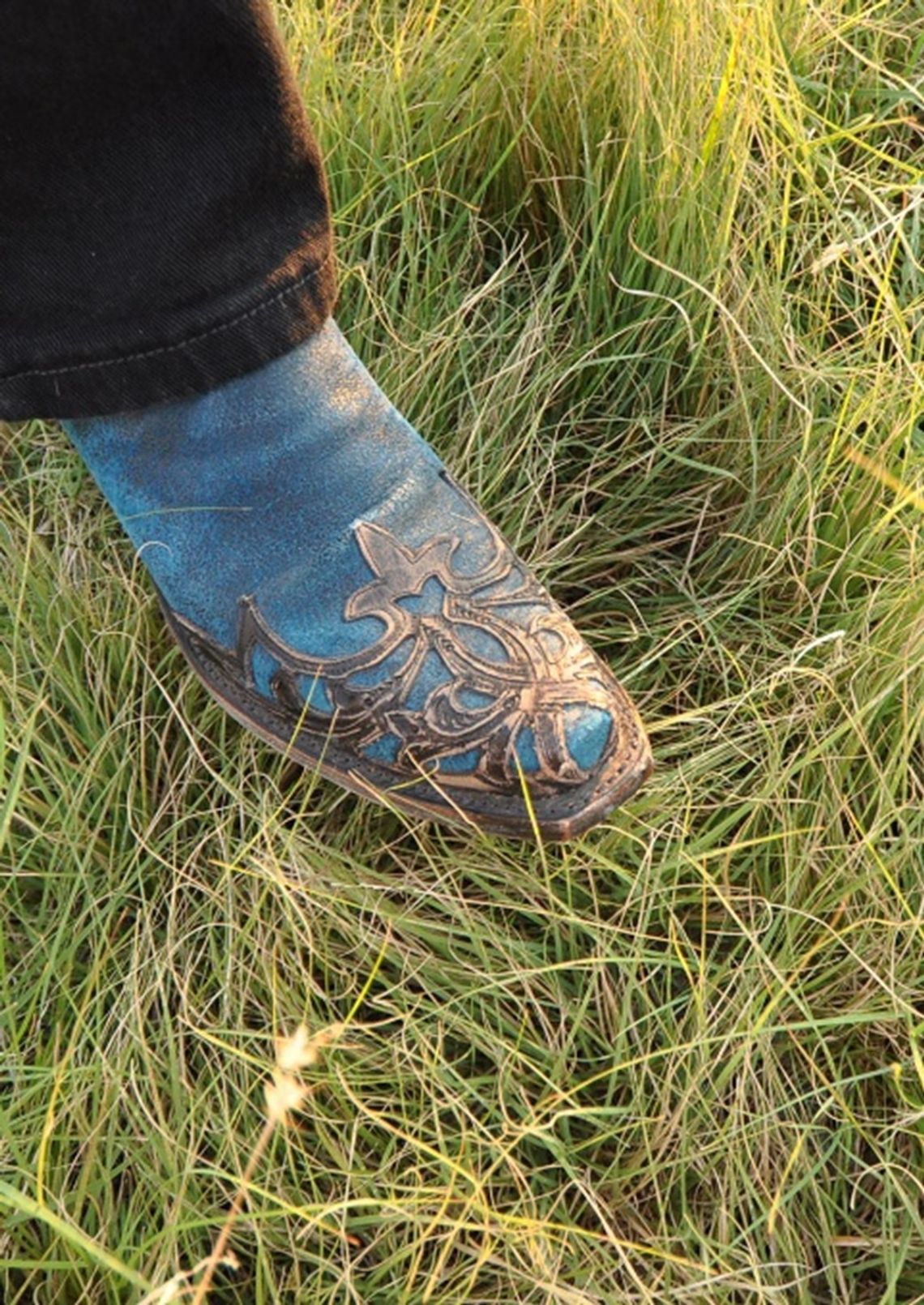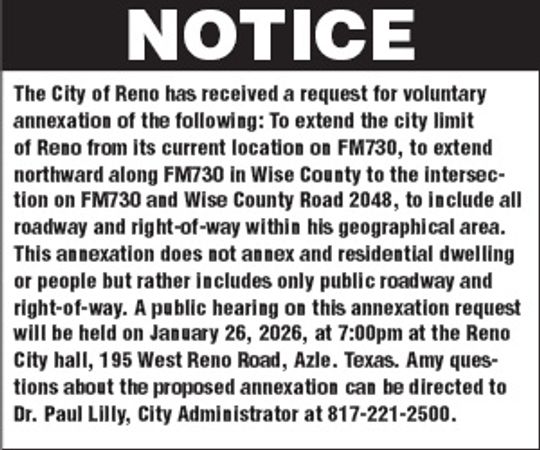Buffalograss (Bouteloua dactyloides) is a warm-season perennial grass native to Texas, known for its low-maintenance and resiliency in harsh environments. It thrives in a variety of soil conditions while requiring minimal watering and no fertilizer. Landowners have long appreciated buffalograss for its fine texture, dense coverage, and rich green hue during the growing season. The slow growth rate also reduces the need for frequent mowing, making it an excellent choice for lawns, parks and large landscapes.
This Texas native owes its drought tolerance to deep root systems, allowing for access to moisture in deeper soil layers. Deeper root systems also mean increased soil retention, as other turf grasses have just 0.5-1.0 inch roots. This cultivates healthy soil in and around the planting site. Unlike traditional turfgrasses that struggle in arid conditions, buffalograss thrives from the Minnesota lake shores to the Sonoran Desert mountains. Its natural ability to go dormant during extreme drought, means your yard conserves energy and water until favorable conditions return. These traits make it an ideal choice for regions with lower rainfall, reducing dependency on irrigation systems while conserving ground water resources.
The best time for planting is from spring to early summer. Buffalograss takes longer to cultivate a dense turf, but the wait is worth it. By reducing maintenance costs and environmental impact, buffalograss provides a practical alternative to water-intensive, nonnative varieties. North Texas homeowners and businesses can create attractive, long-lasting landscapes that support water conservation efforts while maintaining a natural aesthetic.





